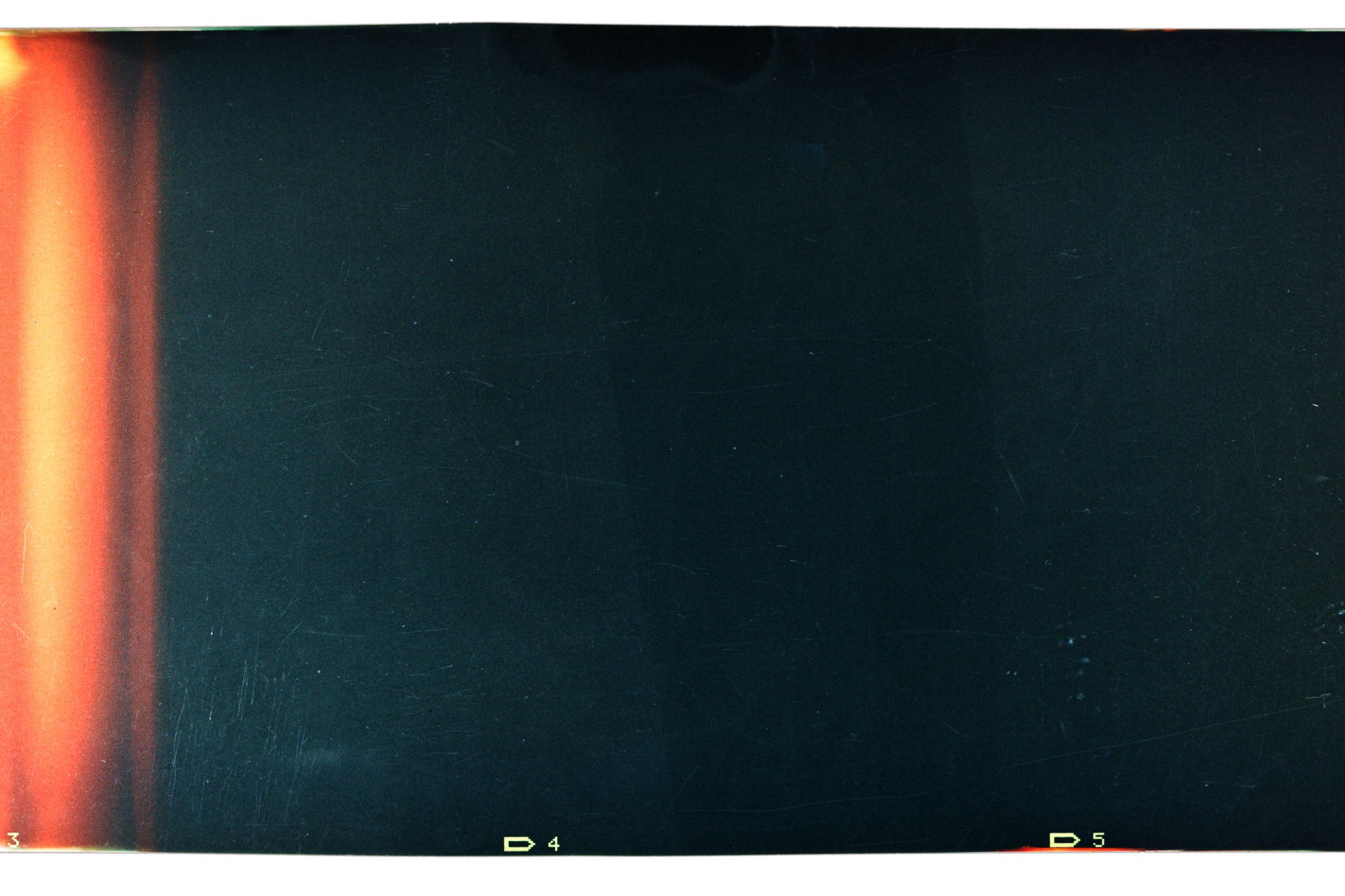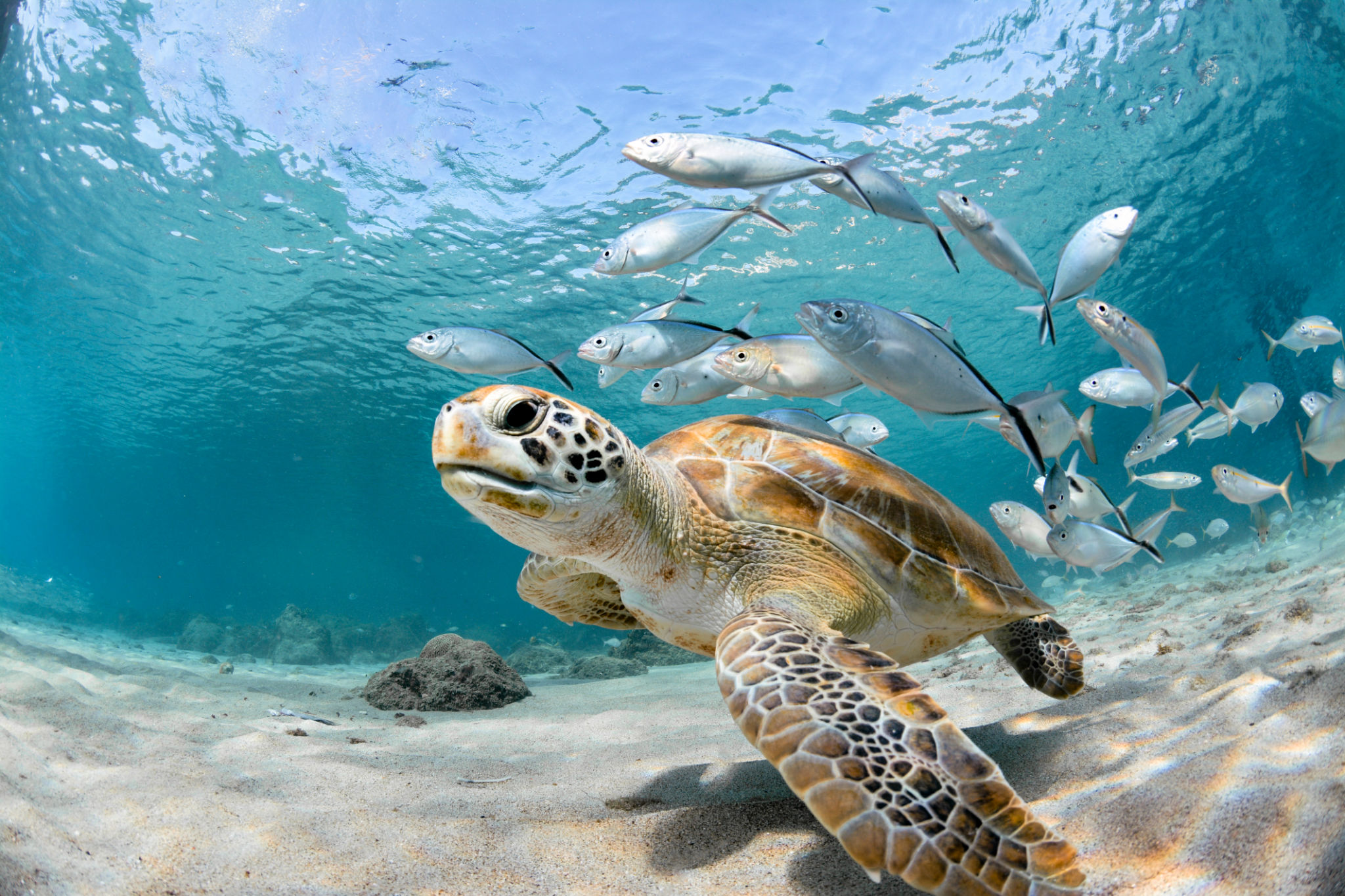Capturing the Beauty of Cordova: The Ultimate Outdoor Photography Guide
Exploring Cordova's Natural Wonders
Nestled in the heart of Alaska, Cordova is a haven for outdoor enthusiasts and photographers alike. With its breathtaking landscapes and diverse wildlife, it offers endless opportunities for capturing stunning images. Whether you're an amateur photographer or a seasoned pro, Cordova's natural beauty is sure to inspire your creativity.
The region boasts a variety of picturesque settings, from the towering peaks of the Chugach Mountains to the serene shores of the Copper River Delta. Each location presents its own unique challenges and rewards, making Cordova a perfect destination for those looking to enhance their outdoor photography skills.

Essential Gear for Outdoor Photography
Before you embark on your photographic journey in Cordova, it's crucial to equip yourself with the right gear. A sturdy tripod is essential for stabilizing your camera, especially in low-light conditions or when capturing long exposure shots of Cordova's stunning night skies.
Investing in a versatile lens, such as a wide-angle lens, will allow you to capture expansive landscapes with ease. Additionally, consider bringing a telephoto lens to zoom in on distant wildlife without disturbing their natural habitat.

Weather Considerations
Cordova's weather can be unpredictable, so it's wise to prepare for all conditions. Layered clothing will keep you comfortable during sudden temperature changes, while waterproof gear will protect your equipment from unexpected rain showers. A weatherproof camera cover can also be invaluable in safeguarding your gear.
Mastering Composition Techniques
Understanding composition is key to creating visually appealing photographs. The rule of thirds is a fundamental principle that can guide your framing decisions. By dividing your image into a 3x3 grid and placing your subject along these lines or intersections, you can create more balanced and engaging photos.
Leading lines are another powerful compositional tool. Look for natural lines in the landscape—such as rivers, paths, or mountain ridges—that draw the viewer's eye towards the focal point of your image. Experimenting with different perspectives can also add depth and interest to your shots.

Lighting and Timing
One of the most important aspects of outdoor photography is lighting. The golden hours—shortly after sunrise and before sunset—provide soft, warm light that enhances the natural beauty of Cordova's landscapes. During these times, shadows are longer and textures are more pronounced, adding depth to your images.
Don't overlook the potential of shooting in less conventional lighting conditions. Overcast skies can create a diffused light that reduces harsh shadows, making it ideal for capturing wildlife or intimate landscape details.
Respecting Nature and Wildlife
As photographers, it's essential to respect both the environment and its inhabitants. Always maintain a safe distance from wildlife and avoid disturbing their natural behaviors. Staying on designated trails minimizes your impact on fragile ecosystems and helps preserve Cordova's beauty for future generations.
Finally, remember to leave no trace. Carry out all trash and belongings, ensuring that you leave each location as pristine as you found it. By practicing responsible photography, you contribute to the conservation of Cordova's stunning landscapes.


